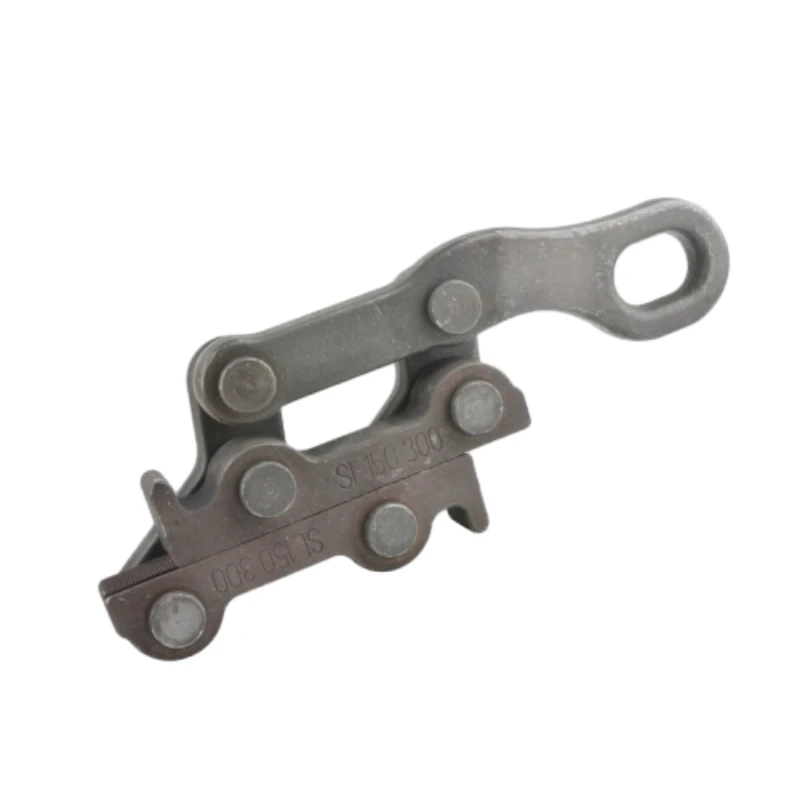
-
 Afrikaans
Afrikaans -
 Albanian
Albanian -
 Amharic
Amharic -
 Arabic
Arabic -
 Armenian
Armenian -
 Azerbaijani
Azerbaijani -
 Basque
Basque -
 Belarusian
Belarusian -
 Bengali
Bengali -
 Bosnian
Bosnian -
 Bulgarian
Bulgarian -
 Catalan
Catalan -
 Cebuano
Cebuano -
 Corsican
Corsican -
 Croatian
Croatian -
 Czech
Czech -
 Danish
Danish -
 Dutch
Dutch -
 English
English -
 Esperanto
Esperanto -
 Estonian
Estonian -
 Finnish
Finnish -
 French
French -
 Frisian
Frisian -
 Galician
Galician -
 Georgian
Georgian -
 German
German -
 Greek
Greek -
 Gujarati
Gujarati -
 Haitian Creole
Haitian Creole -
 hausa
hausa -
 hawaiian
hawaiian -
 Hebrew
Hebrew -
 Hindi
Hindi -
 Miao
Miao -
 Hungarian
Hungarian -
 Icelandic
Icelandic -
 igbo
igbo -
 Indonesian
Indonesian -
 irish
irish -
 Italian
Italian -
 Japanese
Japanese -
 Javanese
Javanese -
 Kannada
Kannada -
 kazakh
kazakh -
 Khmer
Khmer -
 Rwandese
Rwandese -
 Korean
Korean -
 Kurdish
Kurdish -
 Kyrgyz
Kyrgyz -
 Lao
Lao -
 Latin
Latin -
 Latvian
Latvian -
 Lithuanian
Lithuanian -
 Luxembourgish
Luxembourgish -
 Macedonian
Macedonian -
 Malgashi
Malgashi -
 Malay
Malay -
 Malayalam
Malayalam -
 Maltese
Maltese -
 Maori
Maori -
 Marathi
Marathi -
 Mongolian
Mongolian -
 Myanmar
Myanmar -
 Nepali
Nepali -
 Norwegian
Norwegian -
 Norwegian
Norwegian -
 Occitan
Occitan -
 Pashto
Pashto -
 Persian
Persian -
 Polish
Polish -
 Portuguese
Portuguese -
 Punjabi
Punjabi -
 Romanian
Romanian -
 Russian
Russian -
 Samoan
Samoan -
 Scottish Gaelic
Scottish Gaelic -
 Serbian
Serbian -
 Sesotho
Sesotho -
 Shona
Shona -
 Sindhi
Sindhi -
 Sinhala
Sinhala -
 Slovak
Slovak -
 Slovenian
Slovenian -
 Somali
Somali -
 Spanish
Spanish -
 Sundanese
Sundanese -
 Swahili
Swahili -
 Swedish
Swedish -
 Tagalog
Tagalog -
 Tajik
Tajik -
 Tamil
Tamil -
 Tatar
Tatar -
 Telugu
Telugu -
 Thai
Thai -
 Turkish
Turkish -
 Turkmen
Turkmen -
 Ukrainian
Ukrainian -
 Urdu
Urdu -
 Uighur
Uighur -
 Uzbek
Uzbek -
 Vietnamese
Vietnamese -
 Welsh
Welsh -
 Bantu
Bantu -
 Yiddish
Yiddish -
 Yoruba
Yoruba -
 Zulu
Zulu


Dec . 01, 2024 22:53 Back to list
d type shackle
Understanding D-Type Shackles A Comprehensive Overview
When it comes to rigging and lifting applications, the importance of choosing the right hardware cannot be overstated. Among the various types of shackles available, the D-type shackle stands out due to its distinctive shape and versatile application. Often referred to as a heavy-duty shackle, the D-type shackle is engineered to provide reliability in demanding situations, making it a vital component in various industries including construction, marine, and transportation.
The Design and Construction of D-Type Shackles
D-type shackles are named for their resemblance to the letter D. This simple yet effective design allows for the optimization of strength while minimizing the potential for deformation or failure. Typically made from high-strength materials such as carbon steel, stainless steel, and alloy steel, D-type shackles exhibit superior tensile strength, making them suitable for heavy lifting applications.
The shackle features a pin (which can be either screw or bolt type) that securely fastens the two ends of the shackle together, forming a closed loop. This pin is often treated with anti-corrosive coatings to withstand various environmental conditions, especially in marine settings where exposure to saltwater can lead to rapid corrosion.
Applications and Uses
D-type shackles are incredibly versatile and are used in a wide range of applications. In the construction industry, for example, they are utilized for lifting heavy loads, securing equipment, and connecting various rigging components. Their robust construction makes them ideal for hoisting machinery, scaffolding, and even in cranes where safety is of utmost concern.
Marine applications are another common use for D-type shackles. When working with ropes and chains, reliability is critical, and a failure could lead to catastrophic consequences, including injuries or loss of equipment. As such, D-type shackles are often employed in mooring lines, towing, and for securing cargo on ships. Their ability to maintain structural integrity in harsh marine environments makes them an essential tool for maritime operations.
d type shackle

In the transportation industry, D-type shackles are frequently used for securing loads during transit. They are commonly utilized with tie-down straps and chains to ensure that loads remain stable and secure while in transit, preventing any unforeseen accidents.
Safety Considerations
While the D-type shackle is an indispensable tool in many industries, it is critical to understand the safety considerations that come with its use. Proper inspection is paramount; users should regularly examine shackles for signs of wear, deformation, or corrosion. It is essential to adhere to the manufacturer's specifications regarding the load capacity to avoid overloading the shackle, which can lead to failure.
Additionally, ensuring that the pin is correctly secured is crucial for safety; a loose pin can lead to accidental disconnection under load. Using the right size and type of shackle for the intended application can also make a significant difference in safety and efficiency.
Conclusion
D-type shackles play an integral role in various lifting and rigging operations. Their simple yet robust design allows for a high level of functionality and reliability, essential in high-stress environments. Given the wide range of applications—from construction to marine work and transportation—these shackles have established themselves as a cornerstone of safety and efficiency in different industries.
Understanding the features, applications, and safety considerations associated with D-type shackles can empower professionals to make informed decisions about their rigging needs. As with all rigging hardware, prioritizing safety, proper usage, and regular maintenance can ensure that operations remain smooth and incident-free. In an industry where safety and reliability are paramount, the D-type shackle remains a trusted ally in the rigging toolkit.
Latest news
What Are Construction Tools and How Are They Used?
NewsJul.11,2025
Professional-Grade Duct Rodding Tools for Superior Cable Installation
NewsJul.11,2025
Enhancing Safety and Efficiency with Modern Hot Stick Solutions
NewsJul.11,2025
Empowering Cable Installation with Advanced Rodder Solutions
NewsJul.11,2025
Elevate Your Cable Installation Projects with Cable Pulling Tools
NewsJul.11,2025
Efficient Cable Handling Solutions: Cable Rollers for Sale
NewsJul.11,2025











